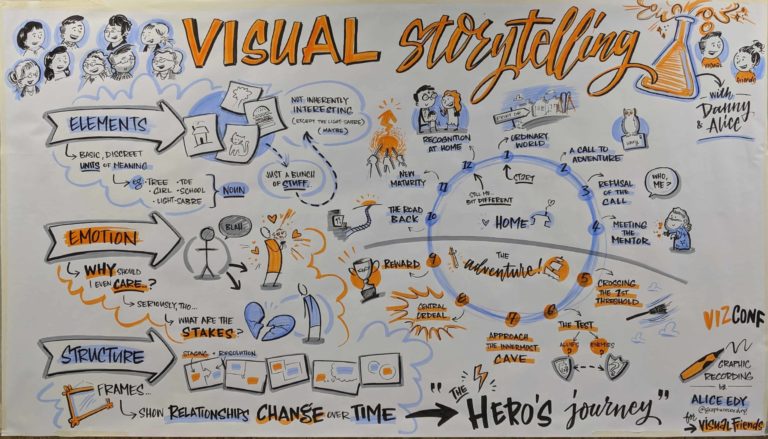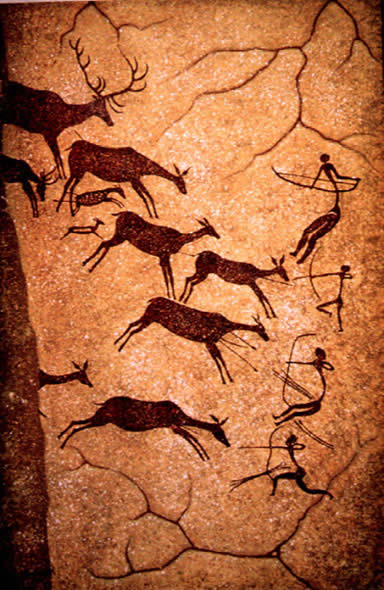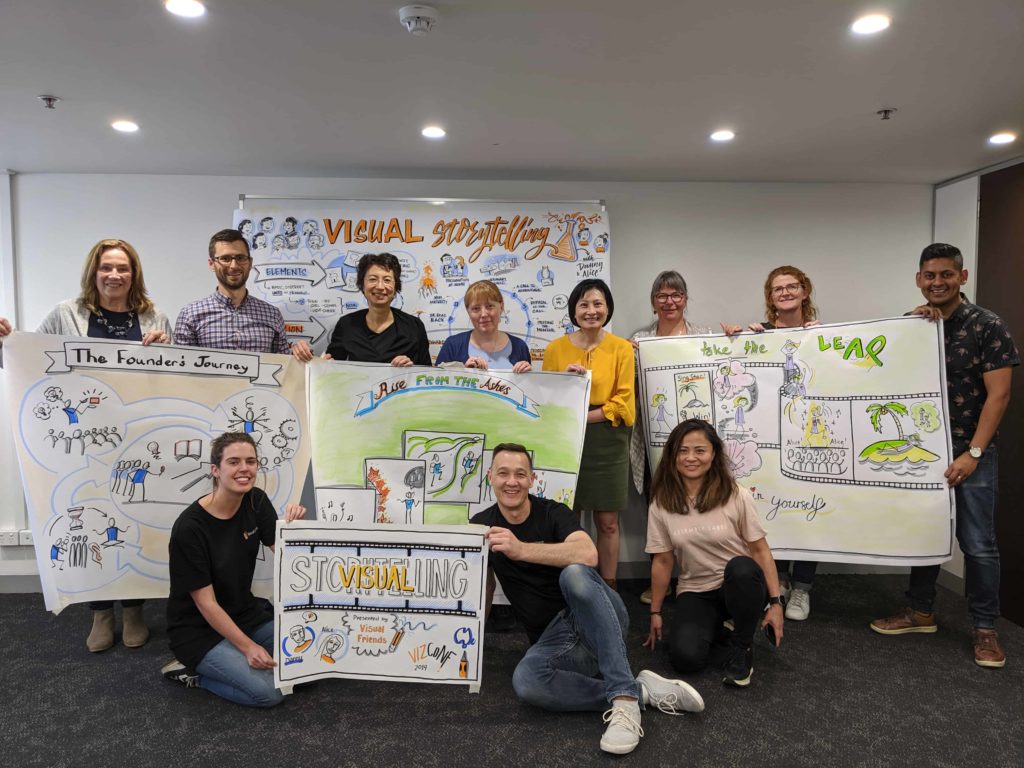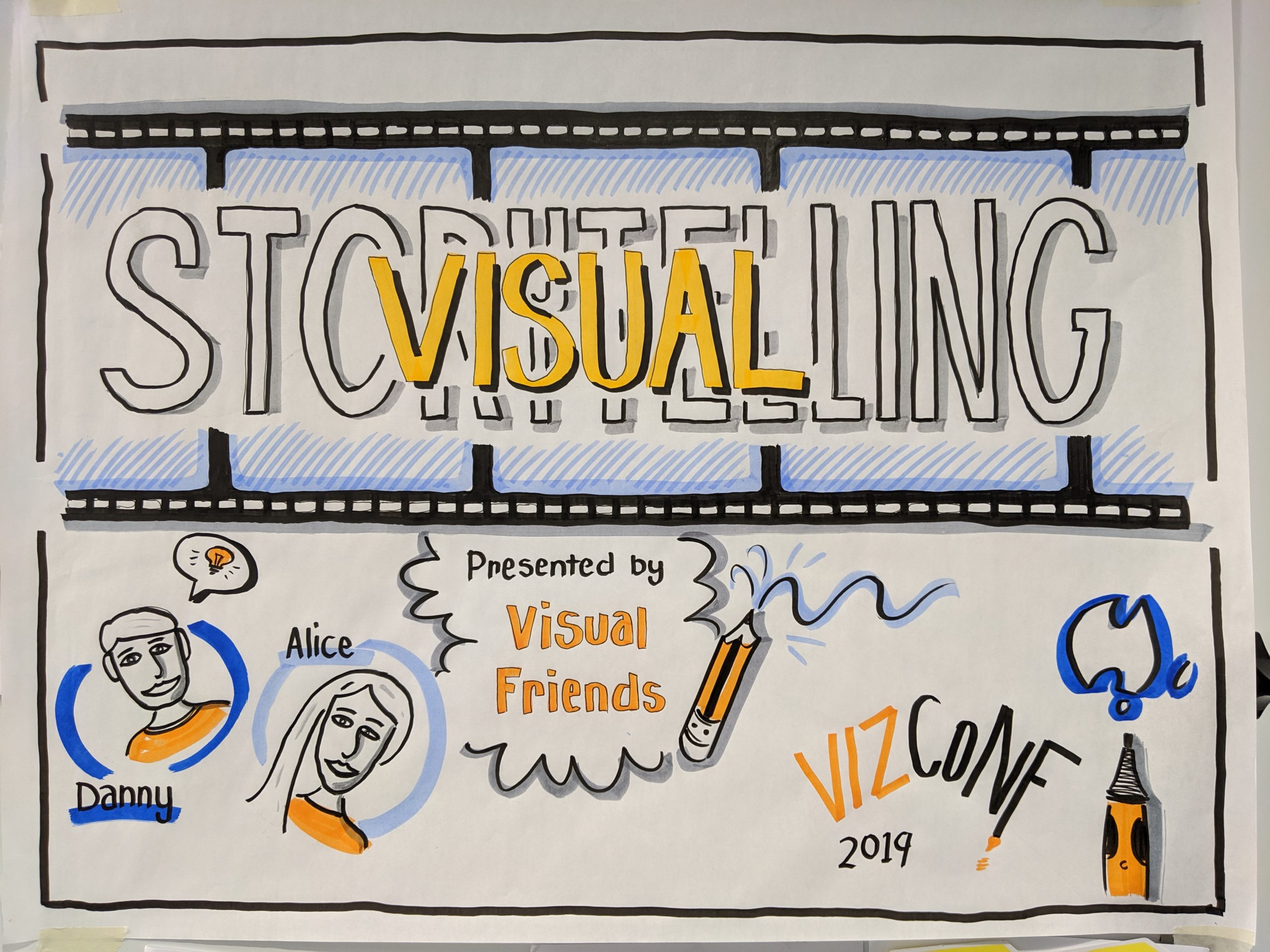It is still the most powerful way to put ideas into the world today.
Visual storytelling has become a trend for the majority of brands since 2016. Visual narratives with an accent on relevance and emotions are now part of every big brand’s marketing.
In organisations, visual storytelling is increasingly used as a way to support transparency and mutual understanding of systems and processes, for example, development of ‘customer journeys’, large scale ‘strategic visualisations’ and even ‘design thinking’.
Telling curated stories visually through photos, videos, comics and infographics (the most shared content on the web) is currently the most direct way to connect with your customers, your team or your stakeholders.
In a nutshell, visually storytelling seems easy – pick your content, line up visuals and off you go.
But to do it well, to do it effectively, you need to understand the specific storytelling techniques and develop a different set of skills.
That’s why the Global Bikablo Team created the advanced bikablo training covering popular topics like ‘Visual Storytelling’ and “Graphic Scribing’, which began its roll out world-wide in 2020.
During the two days of training the students, who have already learnt the basic visualisation principles during the bikablo fundamentals course, learn how to transform complex subjects into lively picture stories. With the bikablo emotions figures, large-format layout techniques and visual dramatic composition, students are taught to convey necessary messages in a clear, but more emotional and lively way.
Our Brisbane based trainer Danny Low attended the Global bikablo train-the-trainer course last year in Germany and is now the only certified instructor to teach advanced bikablo in Australia and NZ. “The course, with the focus on visual storytelling for business, allows you to take your visual skills to the next level. We teach people the theory behind the visual storytelling, how to create visual hierarchy, the most effective ways to layout and present the content on paper. This is the deep knowledge that has been packaged into a time-effective workshop on the hottest visualisation topics.”
Last year at VizConf, (Australia’s premier and only conference for visual practitioners), we trialled the advanced class with a small group of participants.
Sujith Ramachandra, a Senior Consultant at Radically, and one of our enthusiastic students had an opportunity to attend the session. “The pace of the course, the balance of theory and practice was fantastic and I came out with a lot to think about and a boost of energy and confidence. Visualization with clarity and awareness of the power of storytelling is a game-changer.”
Watch out for the advanced bikablo classes on our website or contact us to arrange an in-house session (if your team has already completed bikablo fundamentals).















